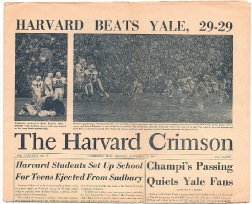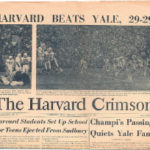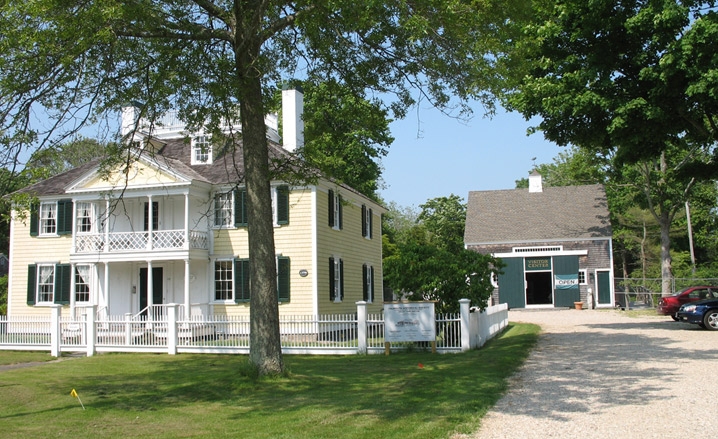 On November 23, 1968, there was a turbulent and memorable football game: the season-ending clash between Harvard and Yale. The final score was 29-29. To some of the players, it was a triumph; to others a tragedy. And to many, the reasons had as much to do with one side’s miraculous comeback in the game’s final forty-two seconds as it did with the months that preceded it, months that witnessed the assassinations of Martin Luther King and Robert F. Kennedy, police brutality at the Democratic National Convention, inner-city riots, campus takeovers, and, looming over everything, the war in Vietnam.
On November 23, 1968, there was a turbulent and memorable football game: the season-ending clash between Harvard and Yale. The final score was 29-29. To some of the players, it was a triumph; to others a tragedy. And to many, the reasons had as much to do with one side’s miraculous comeback in the game’s final forty-two seconds as it did with the months that preceded it, months that witnessed the assassinations of Martin Luther King and Robert F. Kennedy, police brutality at the Democratic National Convention, inner-city riots, campus takeovers, and, looming over everything, the war in Vietnam.
George Howe Colt’s The Game is the story of that iconic American year, as seen through the young men who lived it and were changed by it. One player had recently returned from Vietnam. Two were members of the radical antiwar group SDS. There was one NFL prospect who quit to devote his time to black altruism; another who went on to be Pro-Bowler Calvin Hill. There was a guard named Tommy Lee Jones, and fullback who dated a young Meryl Streep. They played side by side and together forged a moment of startling grace in the midst of the storm.




